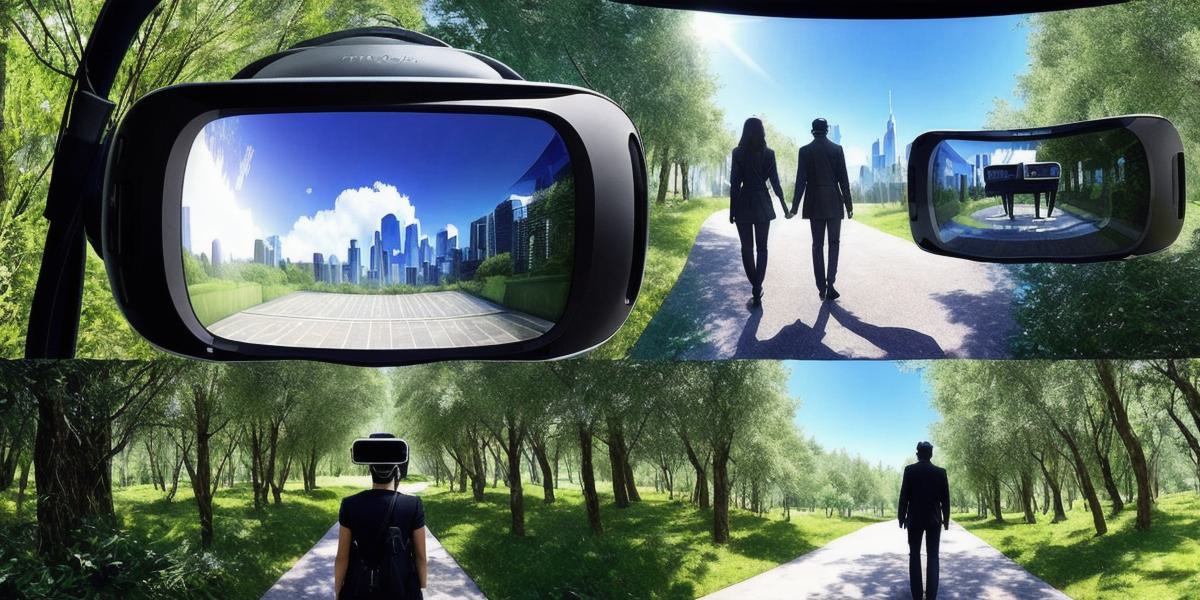In recent years, there has been a growing interest in the concept of simulated reality (SR) and its potential applications. SR refers to an artificial environment that can be experienced as if it were real. This technology is already being used in various industries, such as gaming, entertainment, and education. However, there are still many questions about the true nature of SR and its implications for society. In this article, we will explore some of the surprising results of SR research and attempt to uncover the truth behind this fascinating technology.
The Potential Benefits of Simulated Reality
One of the main benefits of SR is its ability to provide a more immersive and engaging experience than traditional forms of media, such as movies or TV shows. For example, in gaming, SR allows players to experience a fully immersive virtual world that they can interact with in real-time. This has led to a new era of interactive entertainment that is both fun and educational.
In addition, SR has the potential to revolutionize the way we learn. By creating simulations that allow students to practice real-world scenarios in a safe and controlled environment, SR can help them develop practical skills and knowledge. For example, medical students can use SR to simulate surgeries and other procedures, while pilots can use it to practice flying in various conditions.
The Risks of Simulated Reality
While the potential benefits of SR are numerous, there are also some significant risks that need to be considered. One of the main concerns is that SR could lead to a disconnection from reality and a loss of empathy for others. If people spend too much time in a simulated world, they may become less able to understand or connect with real-world experiences and emotions.
Another risk associated with SR is the potential for addiction. In some cases, individuals may become so engrossed in a simulated environment that they neglect their real-life responsibilities and relationships. This can have serious consequences for both the individual and society as a whole.
The Truth Behind Simulated Reality
Despite these concerns, there is still much to learn about the true nature of SR. Some researchers believe that the human brain is naturally wired to seek out immersive experiences and that SR could be used to enhance our natural cognitive processes. For example, research has shown that the more immersed a person is in a simulated environment, the more their brain activity mirrors real-world experiences.
However, other experts caution that SR technology is still in its early stages and that there is much we don’t yet understand about how it works or its long-term effects on the human mind. As such, it is important to approach SR with caution and to carefully consider the potential risks and benefits before investing too heavily in this technology.
The Future of Simulated Reality
Despite these concerns, there is no doubt that SR will continue to play an increasingly important role in our lives. As the technology continues to evolve, we can expect to see new and innovative applications of SR across a wide range of industries. For example, SR could be used to create more realistic virtual assistants or to simulate complex systems like weather patterns or financial markets.
However, it is important that we approach this technology with caution and to carefully consider the potential risks and benefits before investing too heavily in it. By doing so, we can ensure that SR continues to advance in a responsible and ethical way that benefits all of society.
